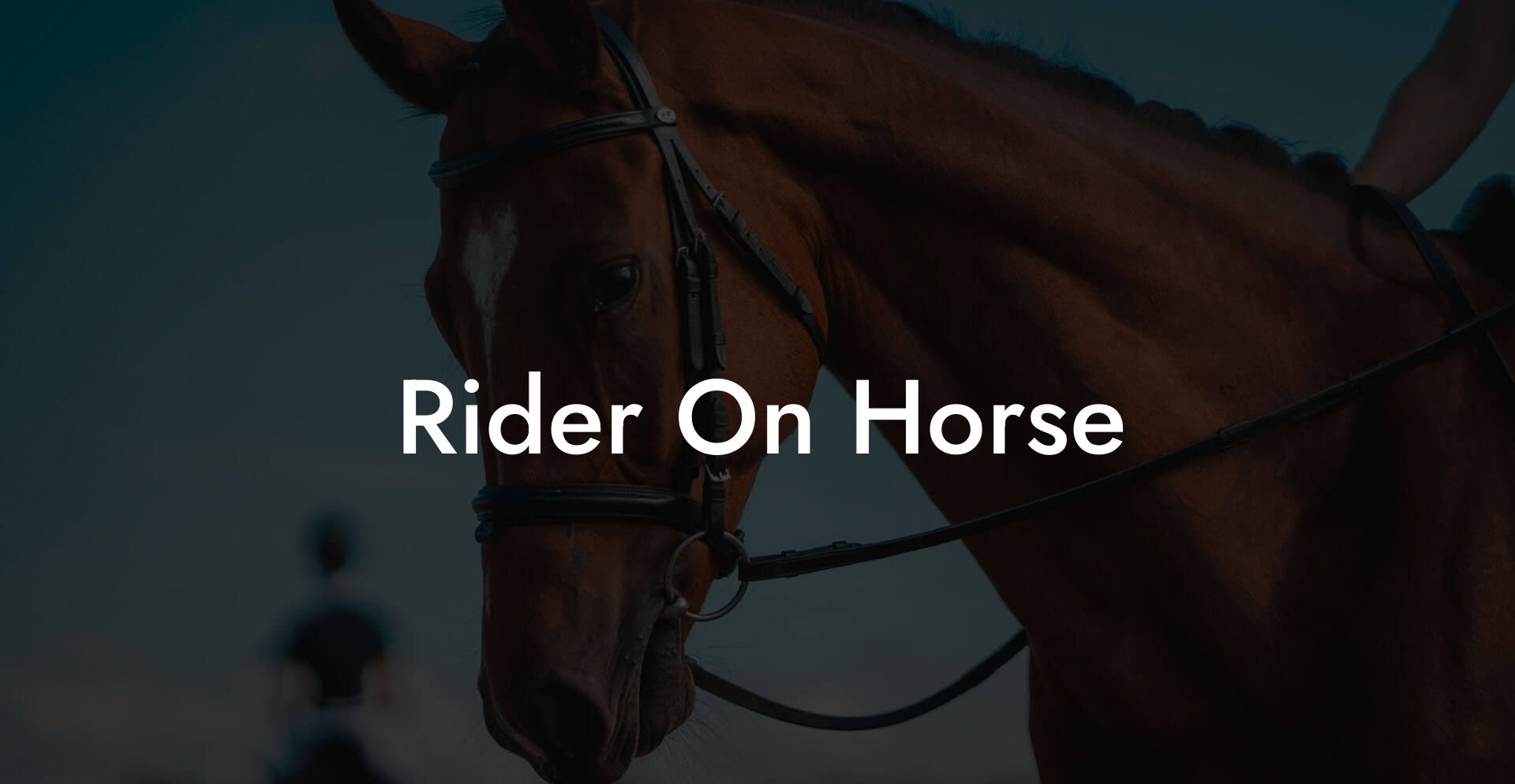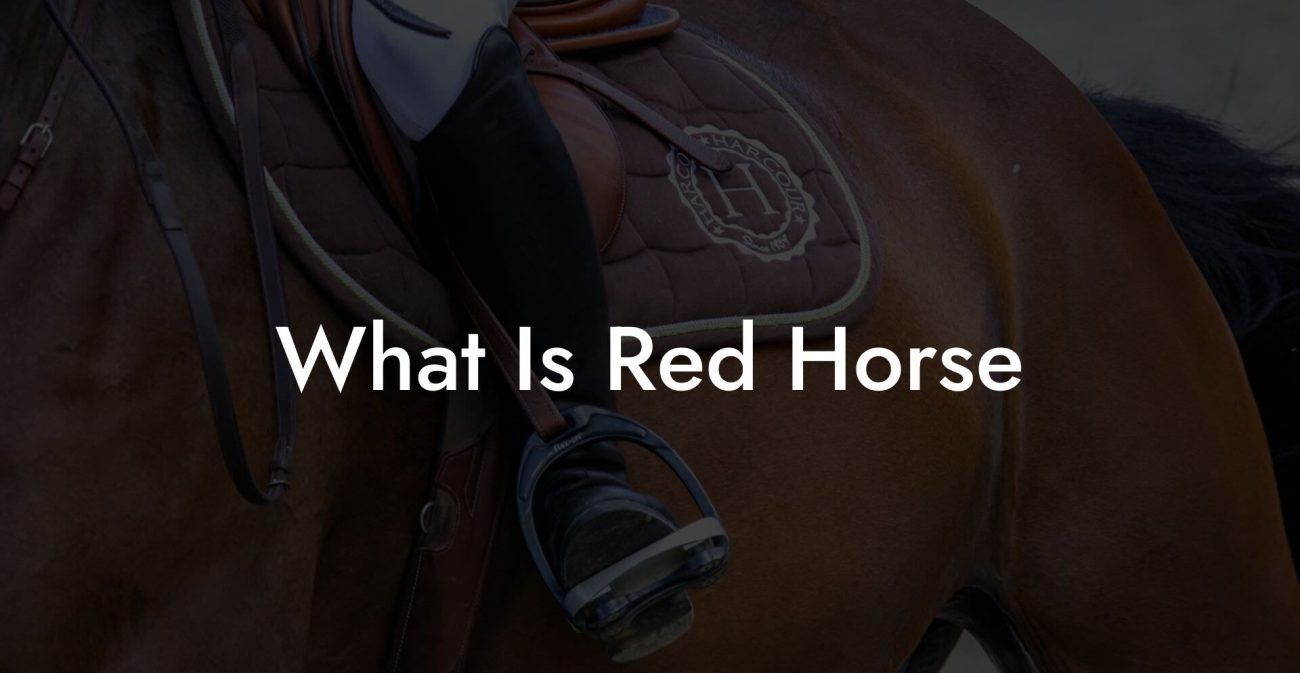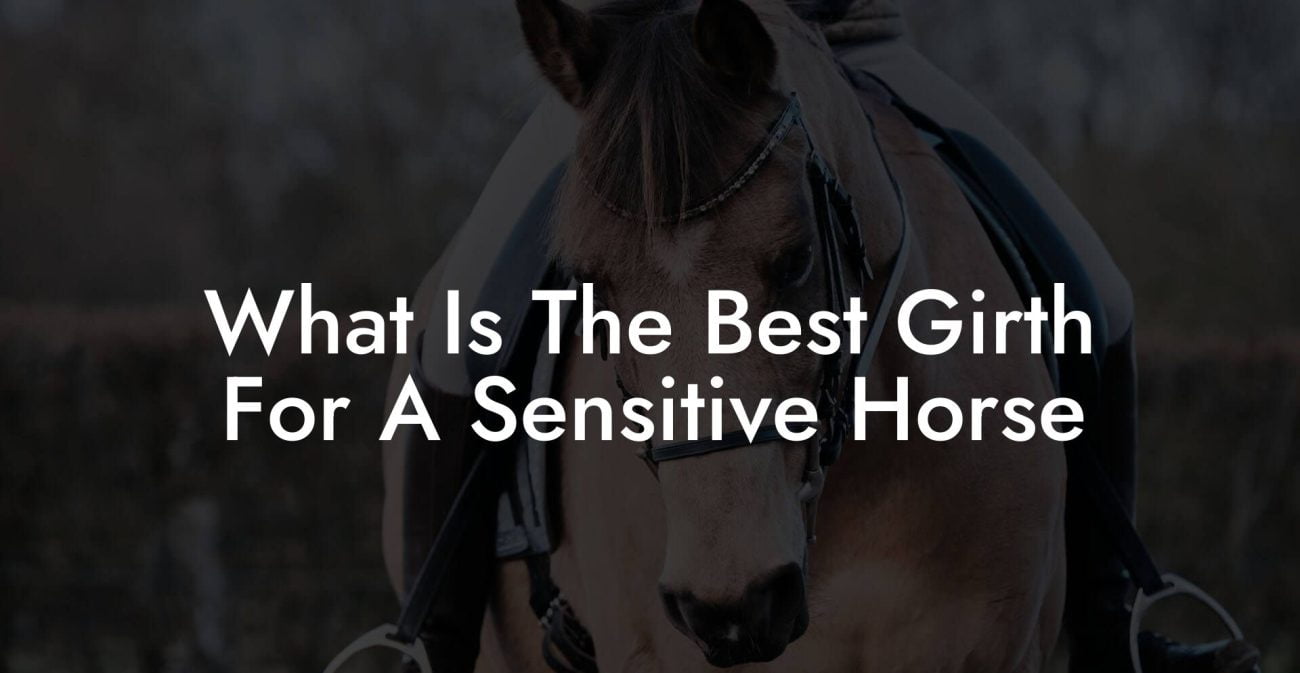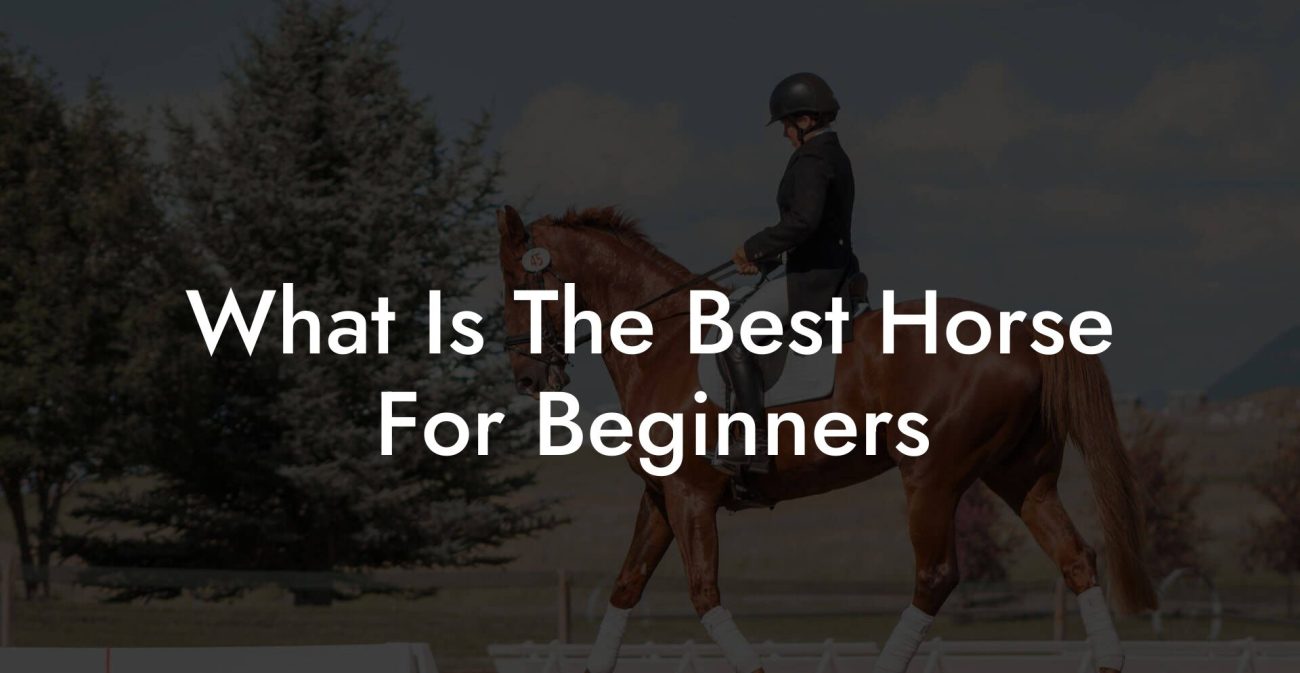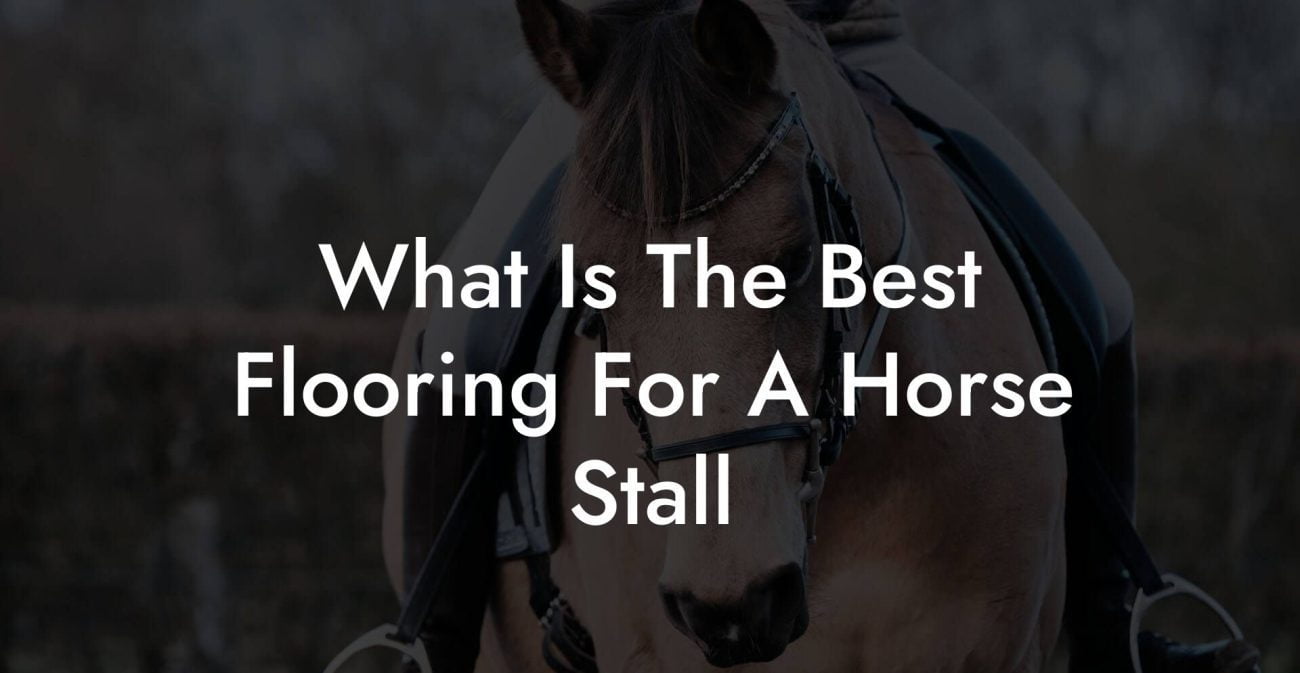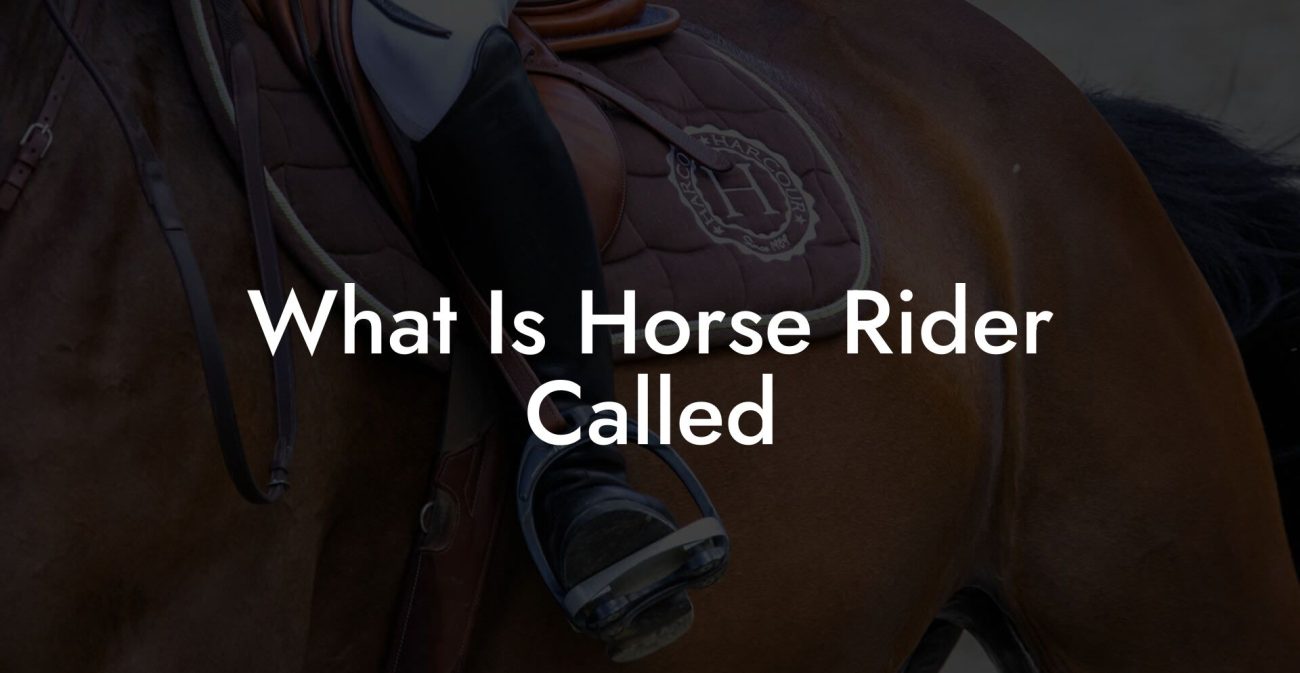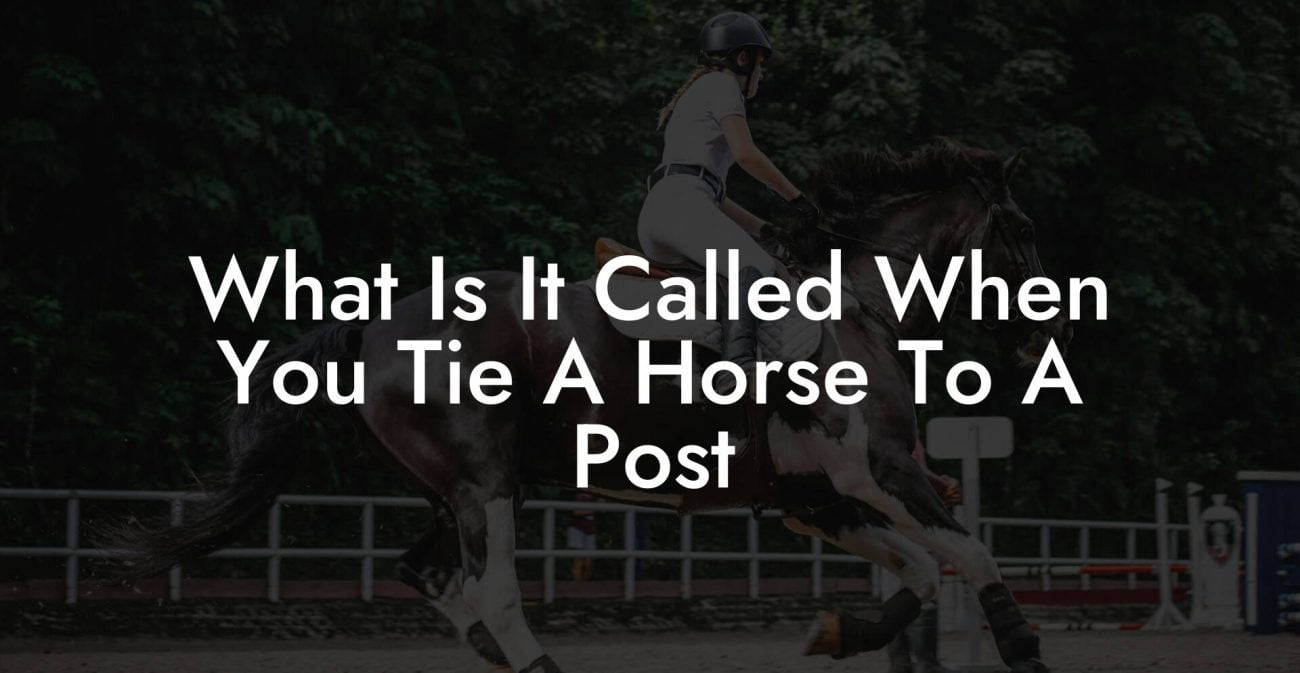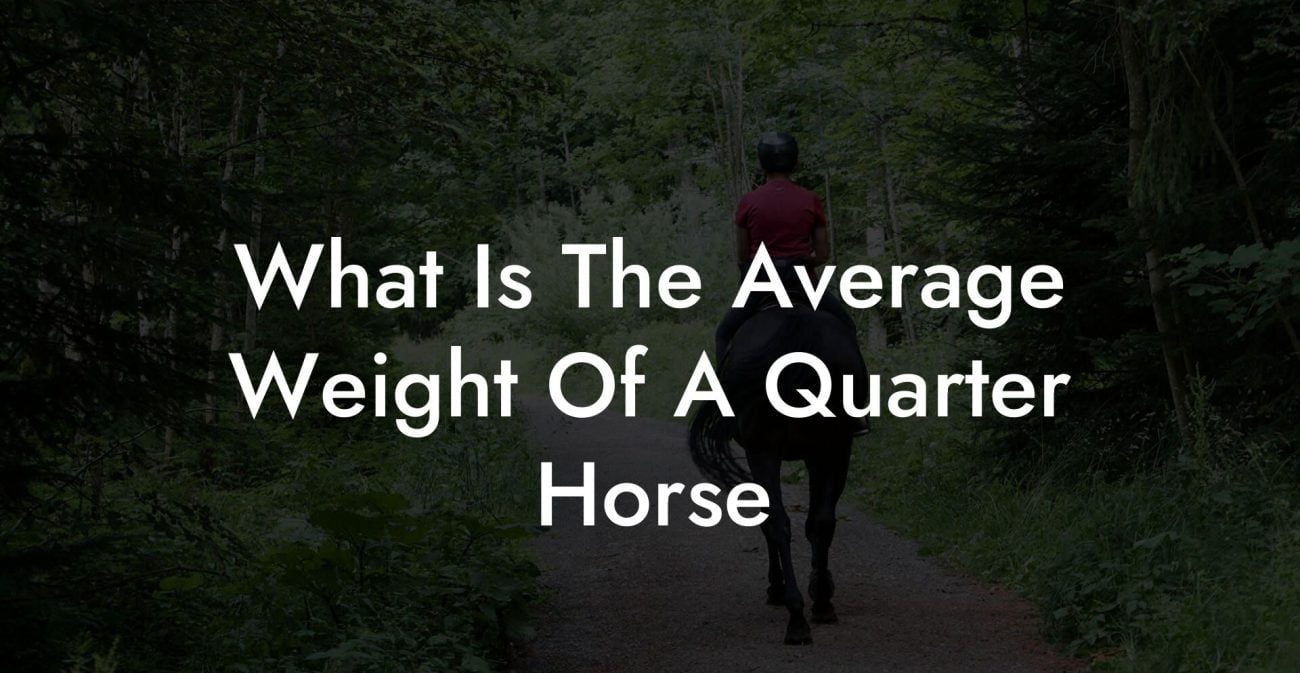riding a horse isn’t just a sport or a pastime—it’s an all-out adventure that connects you with a magnificent creature in ways that are as exhilarating as they are transformative. Whether you’re a first-time rider hunting for the best Instagram-worthy moment or a seasoned equestrian perfecting your bond with your four-legged friend, caring for a horse and mastering the art of riding requires passion, precision, and a hefty dose of heart. Get ready to gallop through a comprehensive guide that’s part how-to manual, part modern lifestyle manifesto, and 100% dedicated to optimizing your journey as a rider on horseback.
Quick Links to Useful Sections
- Understanding Your Equine Partner: More Than Just a Ride
- The Basics of Horse Care: grooming, Feeding, and health Maintenance
- Grooming: More Than a Pretty Mane
- Feeding: A Balanced Diet for a Majestic Machine
- Health Maintenance: Keeping Your Steed in Prime Condition
- Essential Horse Riding Techniques for the Modern Rider
- Gear Up: Choosing the Right equipment
- Mastering the Basics: Balance, Posture, and Control
- Advanced Riding Techniques: From Trail Rides to Competitive Arenas
- Building a Unbreakable Bond: Communication and Trust Between Rider and Horse
- Tech-Driven Horse Care: Merging Tradition With Modern Innovation
- Wearable Health Monitors:
- Smart Stables:
- Mobile Apps and Digital Record Keeping:
- Sustainable and Holistic Approaches to Equine Health
- Natural Diets and Organic Supplements:
- Eco-Friendly Stabling:
- Holistic Therapies:
- Stall and Stable Management: Creating a True Home for Your Horse
- Riding Safety and Maintenance: Keeping Both Rider and Horse at Their Best
- Resources and Community Support: Your Next Steps
- Equestrian Lifestyle: Fusing Passion, Adventure, and Modern Vibes
- Frequently Asked Questions About Modern Horse Care and Riding Techniques
- Embodying the Spirit of the Rider On Horse Journey
Understanding Your Equine Partner: More Than Just a Ride
Behind every majestic stride, flashing mane, and soulful gaze lies a creature with a rich tapestry of needs, instincts, and personality quirks. Horses have been humanity’s steadfast companions for thousands of years, embodying a spirit of wild freedom while bonding closely with their riders. No matter if your horse is a high-spirited stallion or a gentle mare, getting to know their body language, moods, and preferences is the first step in ensuring a fulfilling relationship.
Modern-day horse care involves recognizing that your horse is not merely a means of transport but a living, breathing partner with emotions and a unique history. From understanding subtle cues like a twitch of the ear or a shift in posture, to pinpointing the minor signals of discomfort before they become serious issues, developing an empathetic connection is crucial. And remember, this isn’t just for the old-school cowboy vibe—today’s riders from Gen-Z to millennials are turning horse care into a holistic lifestyle, blending traditional wisdom with modern science.
In our fast-paced world, where the buzz of the social media feed and the hum of technology fill our days, riding and caring for horses offers a welcome escape back to nature. It’s a reminder that sometimes the best way to unplug is to reconnect with a creature known for its raw, untamed beauty.
The Basics of Horse Care: grooming, Feeding, and health Maintenance
Whether you’re managing a full-scale stable or nurturing a single horse in your backyard, there are core practices in horse care that form the foundation of a healthy, happy equine life. Think of these as the ABCs of horse care, but with a modern twist that appeals to today’s tech-savvy and eco-conscious rider.
Grooming: More Than a Pretty Mane
Grooming is not just about keeping your horse looking picture-perfect—it’s a critical way to monitor overall health and forge an irreplaceable bond. Start with a gentle brushing routine that not only removes dirt and tangles but also helps spread natural oils throughout the coat, boosting skin health.
Daily Grooming Tips:
- Tools of the Trade: Invest in a good curry comb, dandy brush, mane comb, and hoof pick. Each tool serves a specific purpose, from massaging muscles to removing debris from under the hooves.
- Routine Rhythm: Aim for a daily grooming session that lasts 10-15 minutes. This is a great time to inspect your horse for any signs of cuts, swelling, or unusual skin conditions.
- Bonding Moments: Use grooming sessions as mini bonding intervals. Talk to your horse, play soothing music, and let your pet know that the grooming process is about care and connection, not just upkeep.
Beyond the brush, don’t underestimate the power of a consistent grooming schedule. It’s an opportunity to check for injuries, monitor weight, and stay ahead of issues like skin infections or parasites.
Feeding: A Balanced Diet for a Majestic Machine
Much like us, horses require a balanced diet to maintain energy, strength, and overall wellness. Their digestive systems are designed for constant grazing, so a diet rich in fiber (think high-quality hay) is critical. But don’t worry—your daily ride can be as much about nutrition as it is about exercise.
- Forage First: Hay should be the staple of your horse’s diet, providing necessary fiber for digestive health.
- Grains and Supplements: Depending on your horse’s age, workload, and metabolism, grains may be added to their diet for extra energy. Consult your veterinarian for tailored advice regarding supplements like vitamins, minerals, or joint health boosters.
- Hydration Matters: Always ensure fresh, clean water is available. Horses are deceptively thirsty creatures, and optimal hydration is key for muscle function and digestion.
Feeding practices can also be modernized: consider meal-timing apps, digital water meters, and even smart feeders that help monitor your horse’s nutritional intake, ensuring they’re always at the top of their game.
Health Maintenance: Keeping Your Steed in Prime Condition
Regular health checks aren’t a luxury—they’re a necessity. Routine veterinary visits, dental checks, and vaccinations form the triad of proactive health care, preventing minor issues from snowballing into major problems.
Key Health Maintenance Steps:
- Regular Vet Check-Ups: Schedule bi-annual vet visits to keep an eye on overall health, vaccination schedules, and any unexpected changes in behavior or appearance.
- Dental Care: Equine dental issues can affect eating habits and lead to weight loss. Annual dental exams keep your horse’s mouth in tip-top shape.
- Hoof Wellness: Farriers are as crucial as human podiatrists. Regular trimming and shoeing (if applicable) prevent lameness and other hoof-related ailments.
Modern horse care also leans heavily on technology: from wearable health monitors that track a horse’s heart rate and movement to digital records that log medications and vaccinations, staying ahead of your horse’s health is easier (and cooler) than ever.
Essential Horse Riding Techniques for the Modern Rider
Riding isn’t just a physical activity—it’s an art form that synthesizes balance, communication, and trust between you and your horse. This section is your playbook for transforming every ride from a simple commute into an epic journey.
Gear Up: Choosing the Right equipment
Here’s a no-nonsense breakdown of the must-have gear that’s both functional and stylish:
- Saddle Selection: Whether you prefer a Western saddle for that rugged, cowboy appeal or an English saddle for precision and comfort, choosing one that fits both you and your horse is paramount. Modern sizing tools and digital fitting guides can help you find the perfect match.
- Bridles and Bit: Comfortable and well-fitted bridles enhance communication. Experiment with different types—like snaffle bits or bitless bridles—to see what resonates best with your horse’s style.
- Riding Apparel: Stay stylish yet safe with modern riding boots, helmets, and lightweight performance apparel that lets you feel both dynamic and protected on every ride.
With the right gear, you’re not just riding—you’re making a statement. Embrace the fusion of classic equestrian elegance with the edge of modern innovation.
Mastering the Basics: Balance, Posture, and Control
Riding is a full-body workout that hinges on good posture, balance, and the ability to communicate seamlessly with your horse. Here are some tips to refine your riding technique:
Understanding Your Seat: Your seat is your foundation. A relaxed, deep seat in the saddle improves balance and enables you to absorb your horse’s movements more effectively.
Hands and Reins: Your hands are the direct communication channel with your horse. Keep them relaxed, yet responsive, to guide your partner without resorting to harsh grip techniques that may cause discomfort.
Leg Aids: Your legs play a critical role in providing subtle cues for direction and speed. Keep them steady and use gentle squeezes to encourage your horse in the right direction.
Looking Ahead: Just like in any sport, your gaze sets your trajectory. Always look where you want to go, and your body will naturally follow.
Riding is as much about mental focus as it is about physical strength. Cultivate patience and practice regularly to build muscle memory that lets you respond fluidly to your horse’s every move.
Advanced Riding Techniques: From Trail Rides to Competitive Arenas
Once you’ve mastered the basics, it’s time to elevate your riding skills to the next level. Today’s riders aren’t confined to the arena—they’re trailblazers who take on everything from forest trails to competitive show rings.
Trail Riding: Emphasize calm communication and adaptability. Forest paths often present unexpected obstacles—fallen branches, narrow streams, and uneven terrain—that demand a harmonious bond and clear signals between you and your horse.
Competitive Riding: Modern equestrian competitions blend athletic prowess with artistic performance. Whether you’re into dressage, show jumping, or reining, training routines that incorporate both physical conditioning and mental preparation prove invaluable. Work with experienced coaches, utilize video analysis, and perhaps even incorporate wearable technology to analyze your riding dynamics.
The art of advanced riding is continuously evolving. Embrace innovative techniques and stay updated on the latest training trends to keep your style fresh and effective.
Building a Unbreakable Bond: Communication and Trust Between Rider and Horse
At the core of every successful riding experience lies an unspoken language—a trust built over countless hours spent together. For modern riders, forging this connection is a mix of science, art, and a whole lot of heart.
Horses communicate primarily through body language. A flick of the tail, a tilt of the head, or even the way they position their ears provides a window into their mood and needs. As a rider, your job is to become fluent in this language. Spend time simply observing your horse in various situations, whether at rest, during grooming sessions, or in the midst of an elaborate trail ride.
Daily Connection: Incorporate simple bonding rituals into your routine. A few minutes of hand grazing (where your horse eats from your hand) or a calm, affectionate brush session can make a world of difference.
Mutual Respect: Establishing trust means respecting your horse’s boundaries. Push gradual progression rather than forcing an activity that might cause discomfort or anxiety.
Communication Techniques: Use clear, calm commands paired with consistent body language. Over time, your horse will come to anticipate your cues, creating a virtuous cycle of confidence and cooperation.
In today’s digital age, even riders are turning to technology—apps that analyze riding posture or devices that track heart rates in real time—to better understand and improve this connection. But no gadget can replace the raw, personal interaction that forms when you truly get to know your horse.
Tech-Driven Horse Care: Merging Tradition With Modern Innovation
When we talk about technology in horse care, think beyond the stereotype of clunky gadgets and lumbering machinery. The latest innovations are sleek, efficient, and designed with both the rider and the horse in mind. From smart stable systems to wearable trackers, modern tech is revolutionizing the way we care for and interact with our equine partners.
Wearable Health Monitors:
Imagine being able to monitor your horse’s heart rate, activity levels, and even behavior patterns in real time. Wearable devices now offer these insights and more, alerting you to potential issues before they become critical. This technology is a game-changer for riders who want to merge traditional instincts with modern analytics.
Smart Stables:
Stabling technology has advanced dramatically. Automated feeding systems, climate-controlled environments, and even digital door locks help maintain a secure, comfortable space for your horse. These smart systems not only ease the day-to-day management but also help in data collection, enabling predictive care based on your horse’s routines.
Mobile Apps and Digital Record Keeping:
Gone are the days of paper logs and scattered notes. Modern equestrians rely on mobile apps designed specifically for horse care. Whether it’s keeping track of vaccination schedules, feeding times, or even ride performance analytics, a robust app can transform how you manage your equine care routine.
Technology in horse care isn’t about replacing traditional knowledge—it’s about enhancing it. As you integrate these tools into your routine, you’ll find that they complement your natural understanding of your horse and help create a safer, more connected riding experience.
Sustainable and Holistic Approaches to Equine Health
Just as holistic practices have transformed human wellness, they’re also making waves in the world of equine care. Today’s riders are embracing sustainable methods that blend modern veterinary science with time-tested natural remedies, ensuring that their horses thrive both physically and emotionally.
Natural Diets and Organic Supplements:
With a growing awareness of organic and sustainable living, many riders are turning to natural diets for their horses. Organic hay, free from pesticides, paired with natural supplements such as herbs for joint support, helps maintain overall wellness. These choices are not only better for your horse’s body but also for the environment.
Eco-Friendly Stabling:
Sustainable stable practices include using renewable energy sources, proper waste management, and eco-friendly cleaning products. A green stable doesn’t just benefit your horse—it also underscores your commitment to a healthier planet.
Holistic Therapies:
Therapies such as equine massage, acupuncture, and even aromatherapy are gaining popularity as complementary practices that promote muscle relaxation and recovery. Many riders report that these holistic treatments enhance their horse’s performance and overall contentment.
Embracing a sustainable and holistic approach means viewing your horse’s health from the inside out. It’s about creating an ecosystem that supports vitality, balances nature, and honors the deep connection between you, your horse, and the world around you.
Stall and Stable Management: Creating a True Home for Your Horse
Just like your own living space, your horse’s stable needs to be a clean, safe, and comfortable environment where recovery and relaxation go hand in hand with routine care. A well-managed stable minimizes stress for your horse and keeps the risk of infections and injuries at bay.
Key Aspects of Stall Management:
- Regular Cleaning: Daily removal of waste and soiled bedding, coupled with a deep cleaning schedule, helps maintain a hygienic environment.
- Adequate Ventilation: Fresh air circulation helps reduce respiratory issues and keeps the stable comfortable.
- Proper Bedding: Choose bedding materials that offer comfort and support while absorbing moisture effectively, ensuring cleanliness and warmth.
- Environmental Control: Invest in adjustable lighting, temperature control, and even noise reduction measures to make sure your horse’s space is always inviting.
By combining traditional stable management techniques with cutting-edge technology like sensor-driven climate control systems, you ensure that your horse’s home is a sanctuary of safety, warmth, and care.
Riding Safety and Maintenance: Keeping Both Rider and Horse at Their Best
While the thrill of riding is unparalleled, safety remains paramount. Modern riders are not only focused on fun and performance—they’re equally committed to maintaining a safe environment for themselves and their horses.
Essential Safety Tips:
- Helmet and Protective Gear: A high-quality, well-fitted helmet is non-negotiable. Add protective vests and appropriate riding boots for extra security.
- Pre-Ride Inspections: Whether it’s checking that your saddle is secure or making sure your horse’s tack is in proper condition, a thorough pre-ride check can prevent mishaps on the trail or arena.
- Emergency Preparedness: Keep a first-aid kit for both you and your horse at the stable and on every ride. Being prepared can make all the difference in the event of an unexpected incident.
- Ride With a Buddy: Especially on long trail rides, it’s a good practice to ride with a partner. This not only adds a level of safety but also enriches the overall experience of horse riding.
Embrace regular training sessions that focus on both riding skills and emergency handling. The balance between exhilarating adventures and well-practiced safety routines is what lets you live life on horseback with confidence.
Resources and Community Support: Your Next Steps
In today’s hyper-connected world, you’re never really riding solo. Whether you’re seeking advice, sharing your experiences, or looking for the latest in equine technology trends, there is an ever-growing community dedicated to horse care and riding.
Online Forums and Social Media Groups: Platforms like Instagram, TikTok, and Facebook host vibrant communities of riders who share tips, success stories, and the occasional hilarious mishap from the stable. Don’t be shy—get involved, ask questions, and share your journey.
Riding Clubs and Local Equestrian Centers: There’s nothing quite like the camaraderie of fellow riders in person. Local clubs offer lessons, group rides, and events that are perfect for networking with seasoned equestrians and learning from their experiences.
Workshops and Webinars: Take advantage of modern technology by attending online workshops that cover everything from horse nutrition and grooming to advanced riding techniques and equine psychology. Many of these sessions are hosted by experts who blend traditional wisdom with contemporary insights.
Veterinary and Farrier Networks: Building a network of trusted professionals is key. Establish a strong relationship with your vet and farrier—they’re your frontline team in ensuring that your horse remains healthy and performing at its best.
Your journey as a rider on horseback is as much about community as it is about individual passion. By tapping into these resources, you not only stay informed about the latest practices and innovations but also become part of a movement that celebrates the timeless magic of horse and rider.
Equestrian Lifestyle: Fusing Passion, Adventure, and Modern Vibes
The ride you’re embarking on transcends the mere act of putting on a saddle and trotting out the door. It’s a lifestyle steeped in adventure, self-discovery, and a deep bond with nature. For today’s Gen-Z and millennial riders, embracing horse care means more than just maintaining a routine—it’s about curating an experience that resonates with your values, creativity, and zest for life.
Consider the myriad ways you can integrate your riding passion into daily living—sharing your journey on social media, blogging about your adventures, or even collaborating with eco-friendly brands that champion sustainable equine care. This modern approach isn’t about sacrificing thoroughness for coolness—it’s about uniting practicality with a vibrant, forward-thinking attitude.
Whether it’s planning an impromptu trail ride while documenting the experience through your smartphone, or attending a virtual workshop on holistic horse care, every moment is an opportunity to blend tradition with modern flair. Your equestrian lifestyle is an ongoing narrative—one that’s written with every ride, every grooming session, and every shared laugh in the stable.
Frequently Asked Questions About Modern Horse Care and Riding Techniques
Modern horse care and riding techniques can seem daunting at first. Here are some frequently asked questions that might help clear the dust on some of the basics and newest trends in the equestrian world.
1. What are the essential daily routines for grooming my horse?
Daily grooming should include brushing the coat to remove dust and tangles, cleaning the hooves, and a brief inspection of the skin. This not only keeps your horse looking great but also helps you spot early signs of any health issues.
2. How do I build a balanced diet for my horse?
A balanced diet primarily consists of quality hay or pasture, supplemented with grains or concentrates as needed based on your horse’s workload and metabolism. Always ensure that fresh water is readily available and consult with a veterinarian for any additional supplements.
3. Which riding gear is essential for both safety and performance?
At a minimum, you’ll need a well-fitted helmet, a comfortable saddle, appropriate bridling equipment, and protective boots. Many modern riders also invest in smart gear that monitors vital stats and riding performance.
4. What technological tools can help me track my horse’s health?
Wearable devices that record heart rate, activity levels, and even sleep patterns are increasingly popular. Mobile apps that maintain digital health records and smart stable systems also play a significant role in modern equine care.
5. How do holistic and sustainable approaches benefit my horse’s overall health?
Holistic methods consider the natural diet, environmental conditions, and stress factors affecting your horse. By integrating organic feeding practices, eco-friendly stable management, and natural therapies such as massage or acupuncture, you create a nurturing, balanced environment.
6. What are some key riding techniques for beginners?
Beginners should focus on maintaining a relaxed seat, using gentle leg aids, and keeping their communication with the horse clear and consistent. Regular lessons and patient practice are key to developing these fundamental skills.
7. Can online communities really help improve my riding skills?
Absolutely. Online forums, social media groups, and virtual workshops offer a wealth of knowledge, support, and the latest trends in both horse care and riding techniques, making them invaluable resources for modern riders.
8. How do I get started with sustainable horse care practices?
Start by evaluating your horse’s current diet, stable conditions, and overall management routines. Look into organic feeding options, consult with eco-friendly product experts, and consider integrating technology—like smart stable systems—to monitor and improve environmental conditions.
Embodying the Spirit of the Rider On Horse Journey
At the intersection of tradition and modernity, the life of a horseback rider is an ongoing saga of adventure, challenge, and joy. It’s about waking up each morning with the anticipation of a new ride, the thrill of connecting with your noble steed, and the endless possibilities that come with each gallop into the unknown.
Today’s riders bring a fresh perspective to equestrian life—the blend of digital innovation, sustainable practices, and deep-rooted care for both horse and human is transforming the landscape of how we ride and care for our equine partners. Your journey isn’t just about mastering riding techniques or perfecting your grooming routine; it’s about cultivating a lifestyle where every detail matters, where every moment spent with your horse is a celebration of freedom, passion, and resilience.
As you continue to explore the many facets of horse care and riding, remember to take pride in the small victories—a perfectly brushed coat, a smooth ride on a winding trail, or a shared look of understanding between you and your horse. Your journey is your own, intricately woven from the threads of perseverance, creativity, and a deep love for these magnificent creatures.
Embrace the adventure with the mindset of a trendsetter. Let your insights, experiences, and even your challenges inform a lifestyle that’s dynamic, inclusive, and as much about community as it is about individual triumph. Whether you're sharing tips online, experimenting with the latest tech, or simply cherishing quiet moments in the stable, you’re part of a generation that’s redefining what it means to be a rider on horseback.
So gear up, saddle your horse, and charge forward into a future where every ride is a story waiting to be told—a journey marked by the synergy of tradition and innovation, passion and pragmatism, and ultimately, a profound connection with one of nature’s most glorious creatures.

